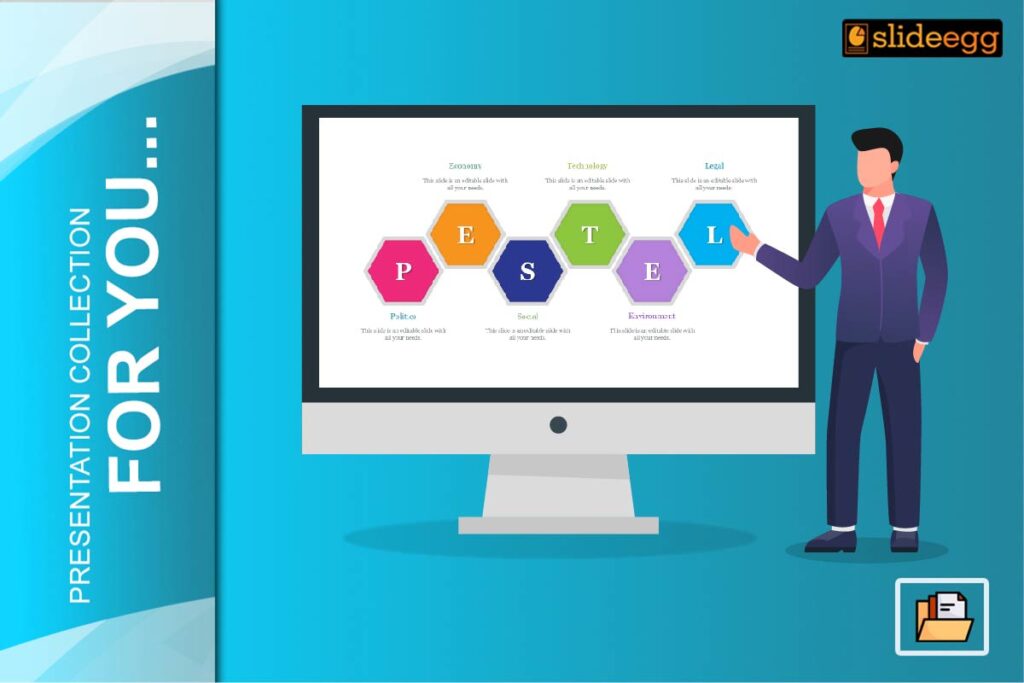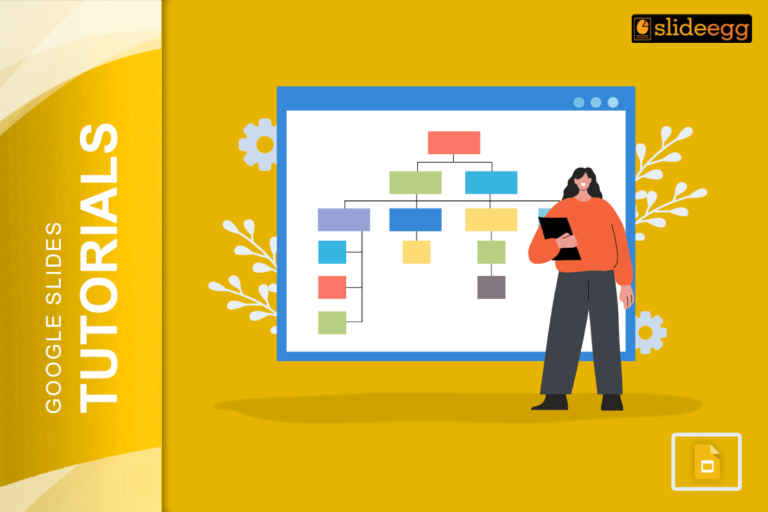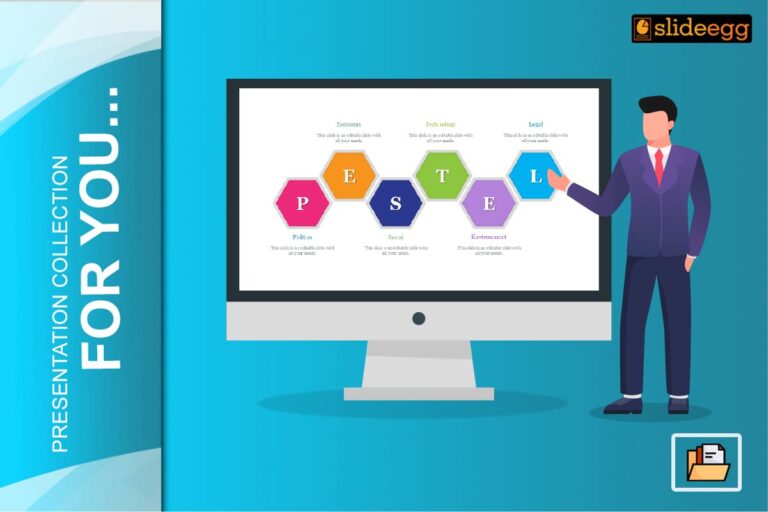Have you ever found yourself stuck solving the same issues repeatedly, only to realize you’re merely scratching the surface of the problem?
The 5 Whys Analysis might be what you need to enhance your presentations. By combining this method with infographics, you can create impactful presentations that are informative and easy to follow. In this blog, we’ll explore how you can deliver engaging presentations using the 5 Why template PPT.
What is the 5 Whys Analysis Method?
The 5 Whys technique is a very simple yet very effective root-cause-analysis tool. The basis of this technique involves asking the question “Why?” repeatedly, usually at least five times to peel beyond the symptoms into the real issue. Once that cause has been determined, then one can implement a much more effective and lasting solution.
The technique is very fruitful in groups, particularly in class, when trying to present a project, and when solving problems jointly. The moment it is presented visually through an infographic, it becomes pretty effective.
Moreover, when this technique is intertwined with a certain presentation structure, the audience will not just understand the problem, but also the root cause of it, and their interest in the recommended solution increases.
Ideas for Solving Problems Using 5 Whys
The best practices about implementing the 5 Whys have to be followed to get the most out of this methodology. Here are some very important guidelines:
Clearly define the problem: Start by identifying and clearly stating what you want to solve. A vague or poorly defined issue can only lead to unclear solutions. This step in any presentation is critical to ensure your audience is aligned from the beginning.
Work with Your Team: Allow team members to be part of the problem-solving process because they will have first-hand experience with the problem. This will, in turn, bring credibility to your “Why” answers and help identify the root causes more accurately. When key stakeholders are involved in making the presentation, everyone then has a common understanding of the problem and the solution.
Make Use of Illustrations: An infographic template one can use for 5 Whys. Thus, one can lead the audience through a logical and sensible problem-solving process. With the use of arrows, hierarchies, or flowcharts, tracking “Why” questions and their answers will be much easier.
Avoid Blame: The emphasis of the 5 Whys is not on blame but on the process that resulted in the problem. Do not point fingers at anyone during the time for solving the problem as well as in the presentations. Always make sure you emphasize solutions rather than pointing fingers.
Know When to Stop: You do not always have to ask “Why?” five times. If you identify the root cause quickly, then that’s all well. You want to come away from this analysis with some takeaway insights, not with the number itself.
Using these best practices in mind, the 5 Whys analysis will both be practical and effective, especially when presenting. Now let’s take a look at how the technique can be useful for group decision-making.
How Can Teams Use 5 Whys Analysis for Better Decisions?
Teams often get into a logjam trying to decide because sometimes people have different ideas, make assumptions, or lack the information. It’s really easy with 5 Whys though. They facilitate decisions logically and collaboratively.
5 Whys Clarity in Communication: This method can break down problems into easy and actionable steps so that all members understand the issue at hand. This therefore translates to better communication and smoothened decision-making processes.
Avoid Shortcuts: Many teams jump at problems with less observation of the underlying cause, thus resulting in re-emergent problems. The 5 Whys technique encourages teams to dig deeper so their decisions are much more thoughtful and effective.
Data-Driven Approach: The 5 Whys protocol can help teams use facts and evidence in making decisions, rather than assumptions. Being a structured form of questioning, it eliminates biases toward the solutions and bases its reasons on facts, thereby improving the quality of the decision itself.
Greater Buy-In: If stakeholders understand from the source why such a problem exists, they will find it easier to commit to proposed solutions. Engaging the audience is an easy way to keep people interested in your solution when presenting frequently ask interactive questions or do real-time collaboration.
The 5 Whys approach will ensure decisions are driven by collaboration, clarity, and facts, thereby applying effectively to discussion in team meetings as well as preparation for presentations with stakeholders.
How Does 5 Whys Analysis Help in Project Presentations?

As far as project presentations are concerned, an explanation about the development of a problem and how it was resolved becomes an integral part of them. The application of the 5 Whys method can make it clearer and better to present overwhelming issues in easy-flowing ways.
Imagine one needs to present why a project could not meet its deadline. Taking recourse to the 5 Whys method, it is possible to navigate through each layer of the issue.
Start with the obvious one: Missing the deadline. Then just keep asking, “Why? Why?” in terms of peeling away the layers. Was it because the team was understaffed? Was communication not clear? Was it that the resources were not there at the time?
At this point, you and your audience will clearly see what went wrong and what should be done to avoid going that way again.
Infographics will make this process much easier by having each “Why” with the answer. As you go through this presentation, your audience can easily track the visual aid that can help them understand and take in the information much more accurately.
How to Compare 5 Whys with Other Problem-Solving Methods?
The 5 Whys method is a tremendous tool, but it’s not the only available problem-solving technique. Here’s the comparison with other popular methods:
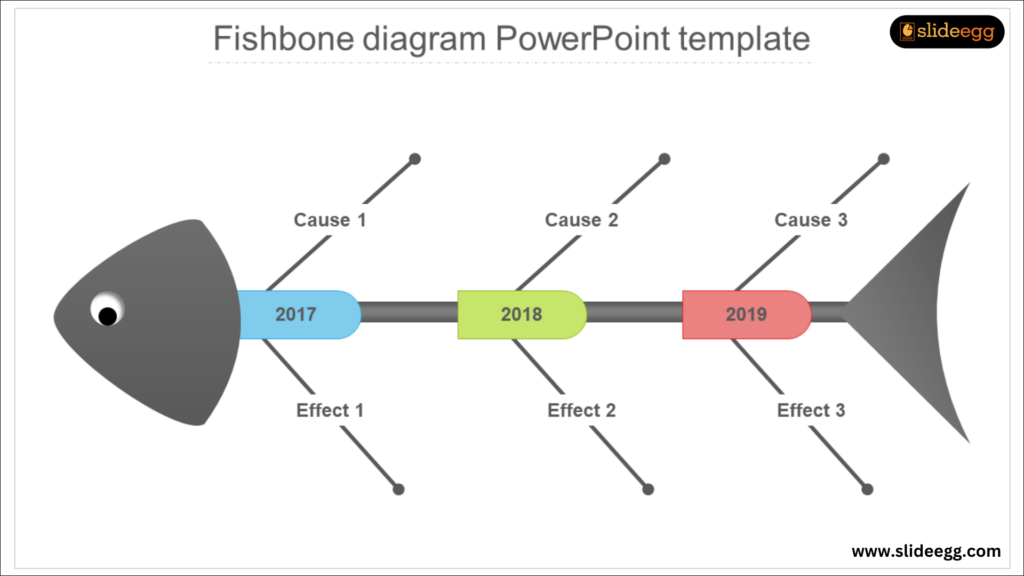
Fishbone Diagram (Ishikawa)
Two popular methods for root cause analysis are the 5 Whys and Fishbone Diagrams. While the 5 Whys would logically categorize causes into one or another potential cause category (“People,” “Processes, and Environment”), the fishbone diagram template PPT visually categorizes causes. Which would you prefer? 5 Whys employs a more linear process and is easier to use live in a presentation.
Root Cause Analysis (RCA)
RCA is a much more formalized and delineated toolset that uses a variety of tools, including the 5 Whys, the Fishbone Diagram, and data analysis. RCA would best be suitable for complex problems, but the 5 Whys would best be suited to problems that are less complex but very urgent in nature.
Brainstorming Method
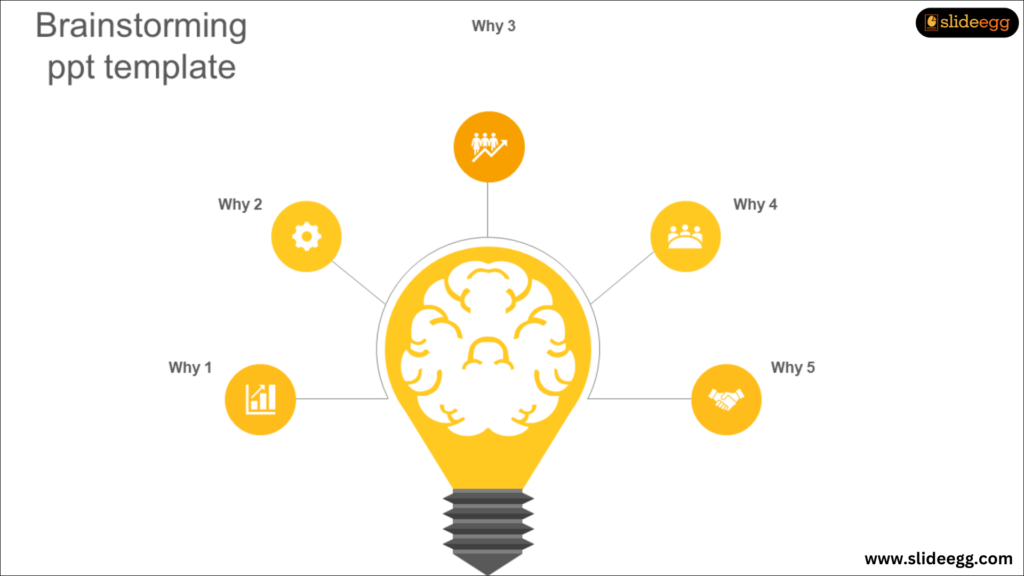
This technique encourages as many ideas as possible to come about without immediate criticism. It is an effective way of creative problem-solving, though, unlike the 5 Whys, it doesn’t necessarily lead to the findings of a root cause. It can be represented using our brainstorming PPT.
Each of the techniques explained above has strengths, but according to me, 5 Whys stands out for its simplicity and flexibility, particularly in presentation settings where you need to communicate not only the problem but also the solution.
How Does the 5 Whys Method Improve Root Cause Analysis?
The core strength of the 5 Whys method is that it improves root cause analysis. Sometimes, when we first get into problems, we consider solving surface issues. Solving them does give temporary success, but then the problem returns on one level or another.
It eliminates guesswork: Your tendency to ask “Why?” over and over makes you dive into the real issue, thus getting rid of guesswork. This is a structured way of digging beyond assumptions to get to some real causes.
Helps in Nonrecurrence: With the application of the 5 Whys method, by not focusing on symptoms but by focusing on the root cause, there’s a guarantee that the solution found will really be about the problem and thus solve it once and for all.
The 5 Why process helps break down complex problems one step at a time, so the problem-solving process becomes manageable. This, in turn, improves not only the analysis but makes it more digestible to present to the audience.
The root cause analysis using the 5 Whys method develops the ability to create long-lasting solutions to issues, ones that are not repeated while improving efficiency in the management of the project.
How to Reduce Barriers in Education Through the Use of 5 Whys Example
One of the lesser-known applications of using 5 Whys is ensuring the discovery of learning barriers within an educational institution. Here’s how the method can be applied in helping teachers determine problems with a given learning environment:
Surfacing the Issue: Take for example, if students in a given school fail every time. The first “Why?” could come out with a reply that they do not understand whatever they are being taught.
Deeper Causes: Asking more questions, such as “why,” can lead to deeper digging for the real cause of the problem. The deep or real cause may be ineffective methods of teaching, inadequate resources, or other factors, such as a noisy learning environment.
Effective Solutions: With deep cause identification, a school can design more effective solutions, say changing its teaching strategies, providing additional resources, or modifying the learning environment.
Applying the 5 Whys analysis helps educators identify learning barriers that create an adequate learning environment where students’ supports are in place for them to be in a position of success.
Conclusion
The 5 Whys approach is highly versatile and helps improve your problem-solving or decision-making skills, or your presentations in any domain, even in projects and in team management, especially if you want to overcome educational challenges and complex problems into more manageable, action-oriented steps. It would be able to hook its audience and have a more effective solution by following best practices, using illustrations such as infographics and applying the 5 Whys technique in presentations.

